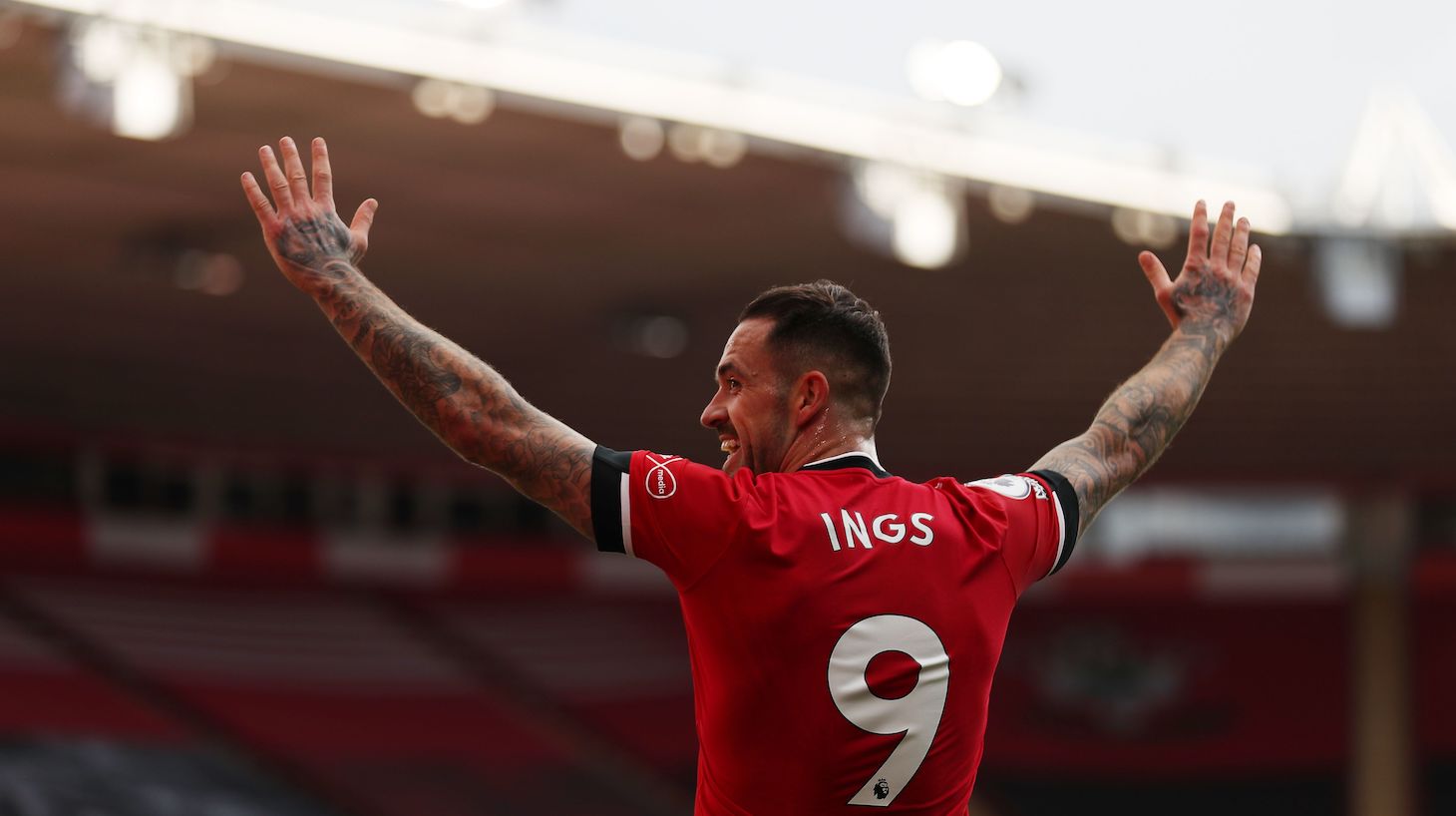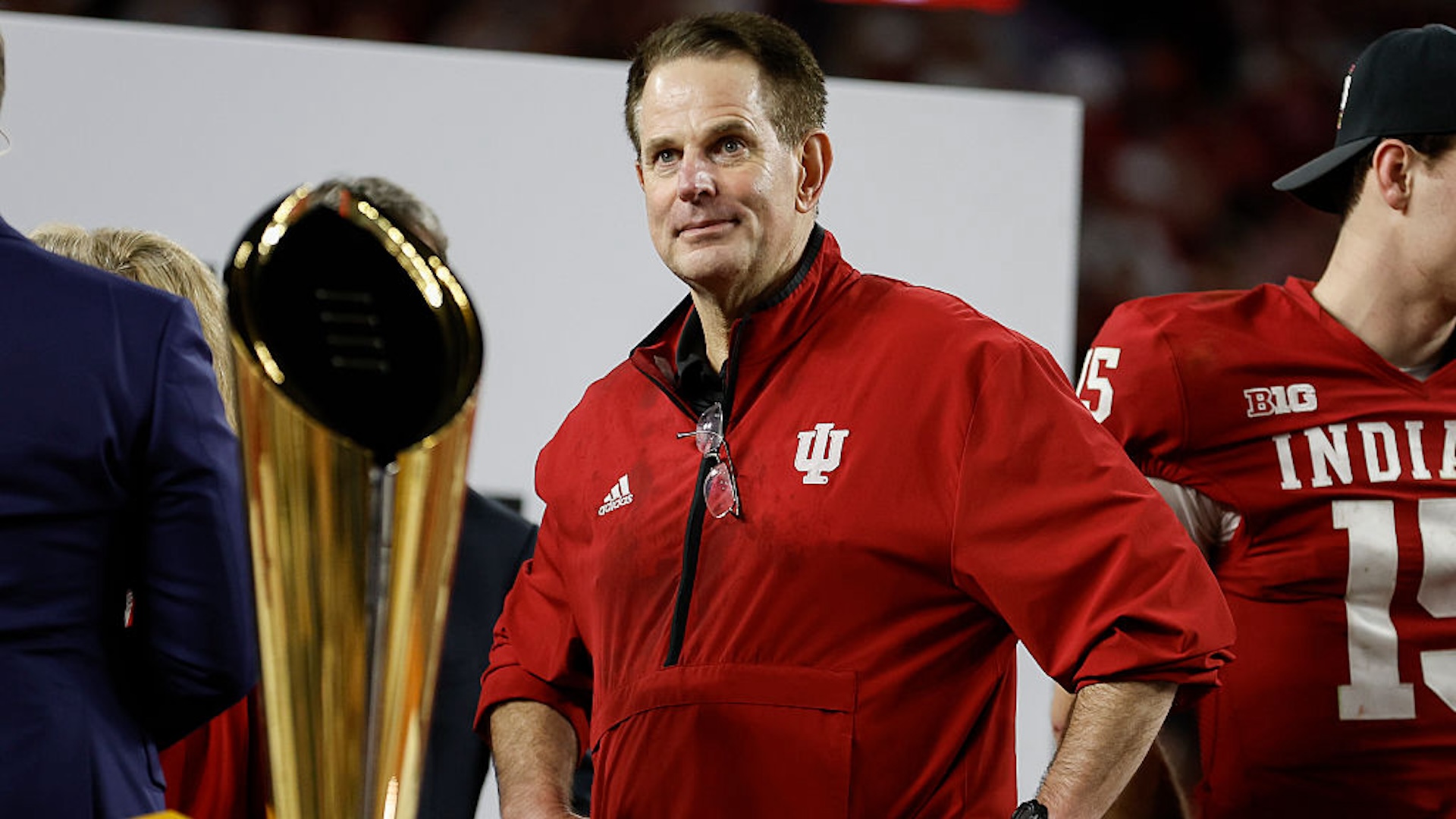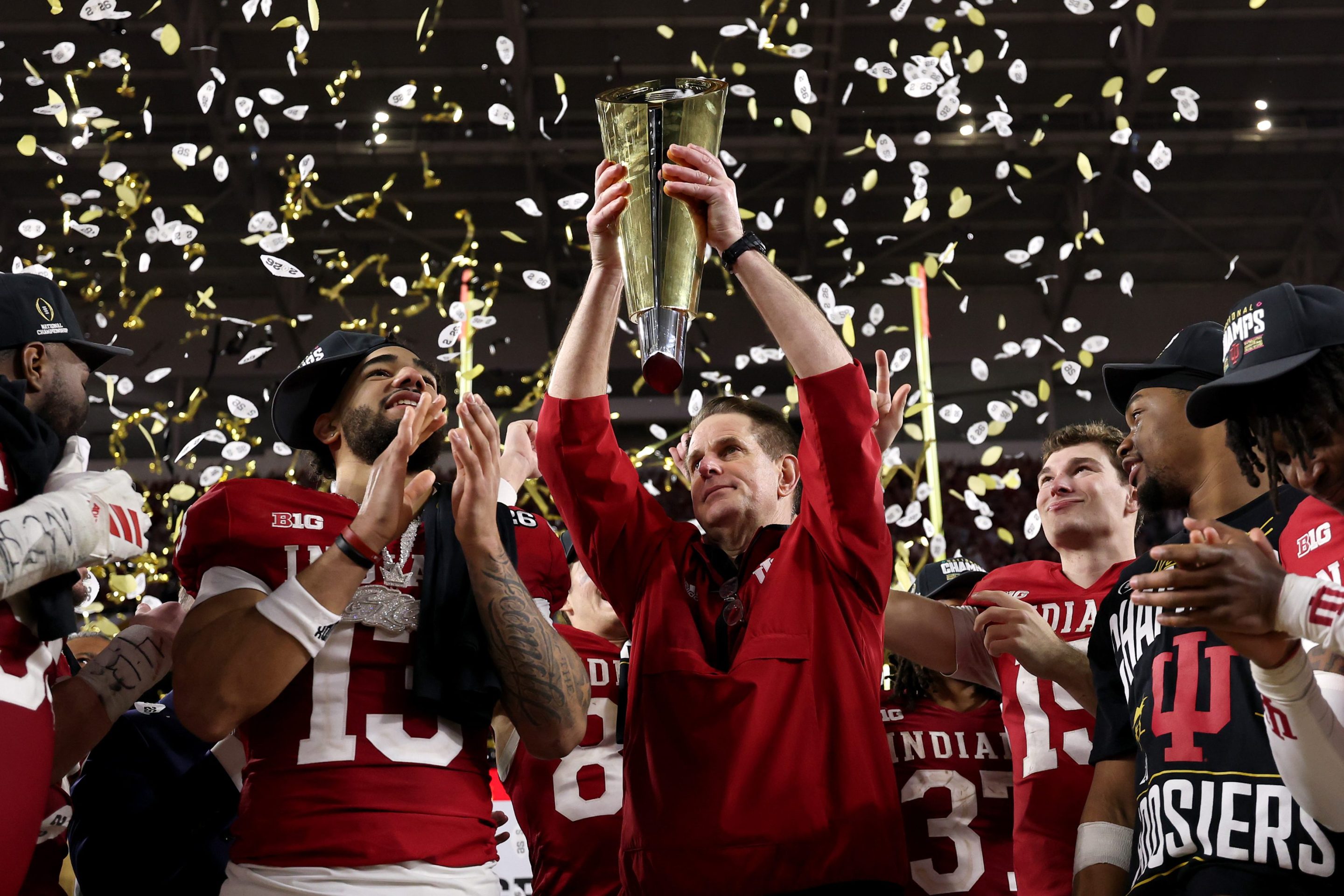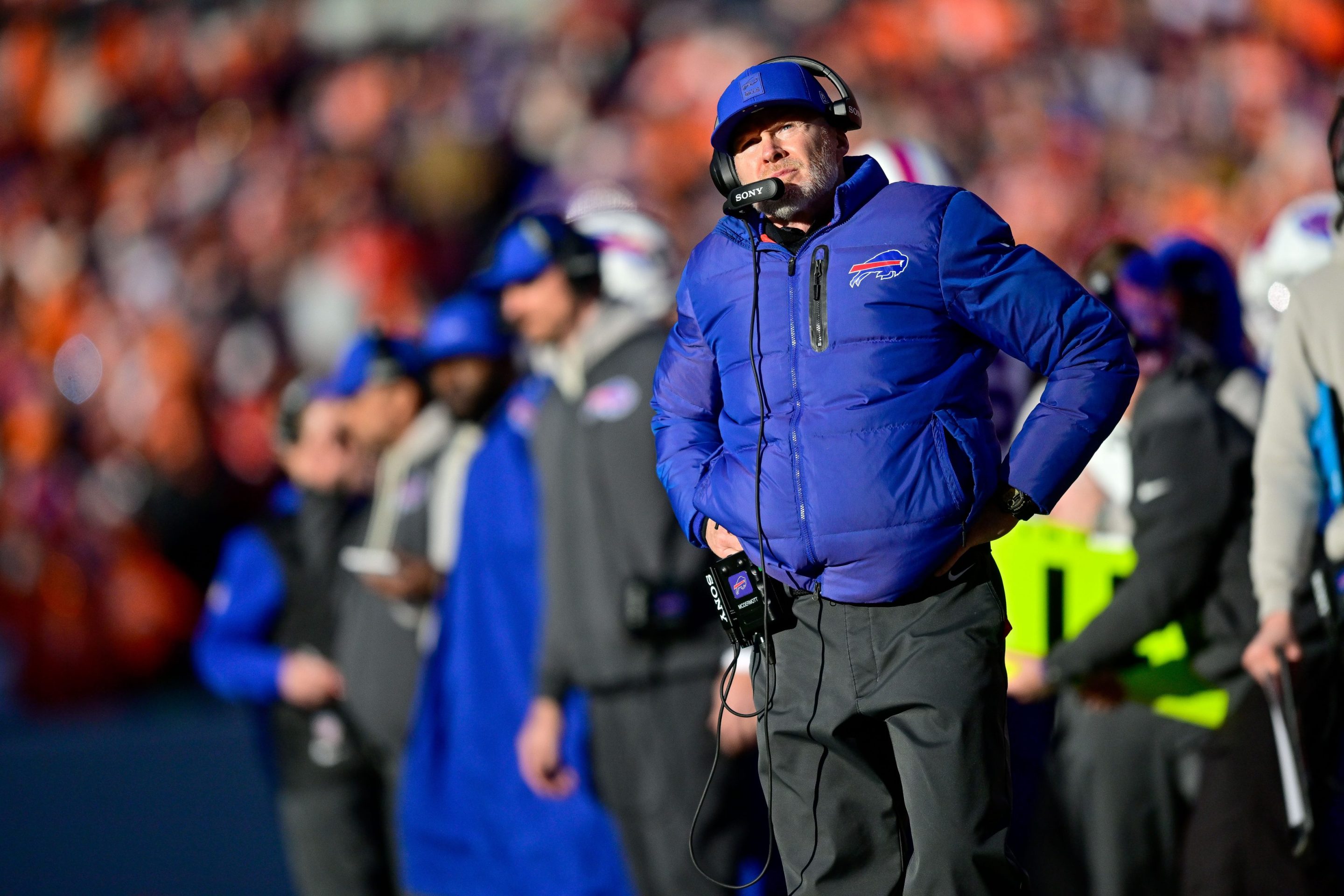Right now, the Premier League table looks like some kind of Lovecraftian artifact designed to drive all who gaze upon it insane. In first place sits Everton. Rounding out the Champions League places are Liverpool, Aston Villa, and Leicester City, with Tottenham one point back in fifth. Scanning further down the table, you won't find another member of the vaunted Big Six until you spot Chelsea, in 10th place. Yes, it is still early, and no, the big clubs will not send only one team to the Champions League next season. But six matches into the new campaign is enough for us to say pretty definitively that this season has been, and will most likely continue to be, incredibly weird in a great way.
It is clear that the first six rounds of league play have been super strange. Small teams are beating big teams, sometimes even in blowouts. Goals are everywhere; everyone is conceding them left and right (Villa is the only club yet to give up more goals than total matches played), and almost everyone is scoring them by the bucketload—even the one coached by José Mourinho. But why things have been so strange is more difficult to answer.
Surely the pandemic has played a hand in this, be it the abbreviated offseason, the practically non-existent preseason, and/or the especially packed playing schedule. The stat nerds say maybe the ball is just going in more often for no particular reason at all. The tactic nerds say maybe it's the prevalence of high back lines and under-trained pressing systems, which open up space for forwards to run into and grant time for passers to find those runs, creating more and better chances to score. There's probably some truth to each of those explanations, and while some aspects of the wacky results will normalize as the samples get bigger and the players fitter and more acclimated, other aspects will continue to condition the competition and keep the weird times rolling.
In lieu of a grand unified theory of why things look the way they do, allow me to offer a simple observation that I believe goes some way toward explaining why we should expect this season to be less top-heavy than usual: so many clubs outside the Big Six have really good goalscorers.
Consistently being able to get the ball into the net is the most difficult and therefore valuable skill in soccer. For that reason, it is hard for small clubs to find and keep hold of good goalscorers before the rich clubs come and snatch them away. At the moment, however, the Premier League is lousy with talented goalscorers from top to bottom. That's been a big boon for clubs that traditionally struggle to pile in enough goals to keep the pace.
Take the league's scoring charts. Of the 12 players who've scored at least four goals so far this season, eight of them play for clubs outside the Big Six. (Those eight are Everton's Dominic Calvert-Lewin, Leicester's Jamie Vardy, Leeds's Patrick Bamford, Crystal Palace's Wilfried Zaha, Newcastle's Callum Wilson, Southampton's Danny Ings, Brighton's Neal Maupay, and Wolves' Raúl Jiménez.) Of the seven non-Big Six clubs currently sitting in the top half of the table, all but Aston Villa have one of those eight top scorers. And rather than being a collection of flukes, the majority of those forwards are legitimately good players who should continue racking up the goals.
Some of those high-scorers, like Dominic Calvert-Lewin and Jamie Vardy and Raúl Jiménez, have already gotten their accolades playing for prominent, well-monied clubs. Others have been honing their skills below the radar for clubs that don't get the attention of Everton or Leicester or, to a lesser extent, Wolves, and thus deserve some shine.
Like Patrick Bamford, who doubled his seasonal goal tally with a hat trick last Friday. To Premier League fans, Bamford had become something of a meme player thanks in large part to his fruitless years as one of the many ronin of Chelsea's loan army. Before this season, Bamford had scored just one goal in 27 EPL appearances. Thankfully, healthy and full of confidence at one of the league's most fascinating teams, the 27-year-old striker is finally showing off the skills that have earned him so many chances.
Then you have Danny Ings, who is flat-out incredible. A rising star when he signed for Liverpool in 2015, Ings saw his big move ruined by a spate of serious knee injuries. After hardly playing at all for three seasons with the Reds, Ings got a restart on his career at Southampton in 2018. His first season there was solid, but it was his second year when he really blew up. In 38 appearances last season, Ings scored 22 goals, a ridiculous number for a player at a mid-table club. Ings is an exceptionally hard-working and mobile striker who never stops running. He pairs that physicality with underrated technique when carrying and passing the ball. The combined effect creates a deadly striker who quite literally does it all. His comeback from injury hell to the precipice of the golden boot makes him one of the best strikers and best stories in the Premier League.
And of course there is Wilfried Zaha, who is a total star and probably would be starting for a Champions League–quality club right now if he weren't so valuable to Crystal Palace as to make him essentially priceless. Zaha has over the years spent more and more time playing centrally as a second striker, which has seen him hone his scoring skills to compliment his natural game as a tricky-dribbling winger. Of all the players listed here, he's probably the least likely to keep up this scoring pace (he has five goals through six matches), but the most likely to be playing for a top club either in England or abroad in a season or two.
I could go on listing even more strikers outside England's elite who've gotten off to a hot start—Callum Wilson, Neal Maupay, Michail Antonio, Ollie Watkins—but you get the picture. There's simply a ton of goalscoring talent in the league. Many of the aforementioned group share a few things in common. They tend to be English, have spent time at a bigger club but never totally panned out there, are in their mid-to-late 20s, are well-rounded. You'd think most of them would be bound for greener pastures in the near term, but that probably won't be the fate for most.
One of the side-effects of the Premier League's riches, and the rest of Europe's relative poverty, is that smaller clubs have an easier time hanging onto their studs now than they did in the past. The Zaha case is instructive. Palace can afford to pay its homegrown star a competitive wage and also to demand a prohibitively (but justifiably) large fee for him should any bigger team come knocking, since Palace doesn't need the transfer money. This dynamic lets teams like Southampton keep Ings after a 20-goal season, and lets Everton build around Calvert-Lewin rather than preparing for his imminent exit, and makes the Premier League that much more competitive and entertaining from the table's summit to its nadir—which, as the current table demonstrates, isn't always ordered the way you think.






